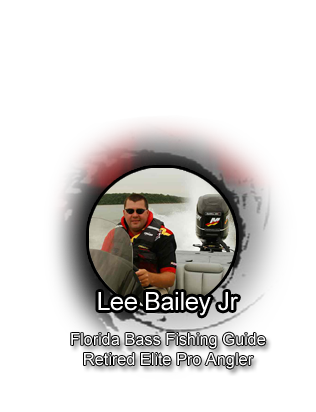Baby Buzzbait midsummer bassing begins after the hot weather has set in, bass fishing can be fantastic. Warm waters mean an increase in the metabolism of bass, which can lead to more frequent feeding activity. Additionally, Warm waters allow anglers to move faster and burn lures. The Baby Buzzbait™, not only works retrieving it directly by a bass. But also through the edges of their larger strike zones.

It’s smaller size, especially the 1/4 oz size allows the bait to be sucked in the bass’ mouth deeper.
When bass are aggressive, anglers can choose between lots of different lure options. Methods and can often use their favorites to score. Still, the most efficient method is usually going to be a faster approach. Smaller -sized offerings are usually best, the water has an abundance of small prey at this time. Picking a lure that can be fished fast, such as a Baby Buzzbait™, spinnerbait, lipless crankbait, is a top option. Swim jigs paired with paddle-tail swimbaits and some blade baits can be good choices as well.
Buzzbaits may all look the same on the shelf, but each has its own special features
While standard-sized offerings can produce, be ready to quickly switch to smaller sized lures if the bite doesn’t pick up. Likewise, while a slower Baby Buzzbait™ midsummer bassing retrieve speed is best, if the standard and slow speeds don’t produce, be ready to radically increase the speed, even faster than the higher-speed approach common when summer bass are active. Burning lures at high speeds can play on the instincts of bass and cause them to attack lures when they normally wouldn’t with slower retrieves.
Baby Buzzbait midsummer bassing may all look the same on the shelf, but each has its own special features that will work better in different places. A basic buzzbait will simply spin the blade on the top of the water making a slight trail behind it and a slight noise as it moves. The Baby Buzzbait™ is the most compact size on the market today. It’s smaller size, especially the 1/4 oz size allows the bait to be sucked in the bass’ mouth deeper. This produces more bass in the boat, resulting in bigger creels and a lot of fun.














